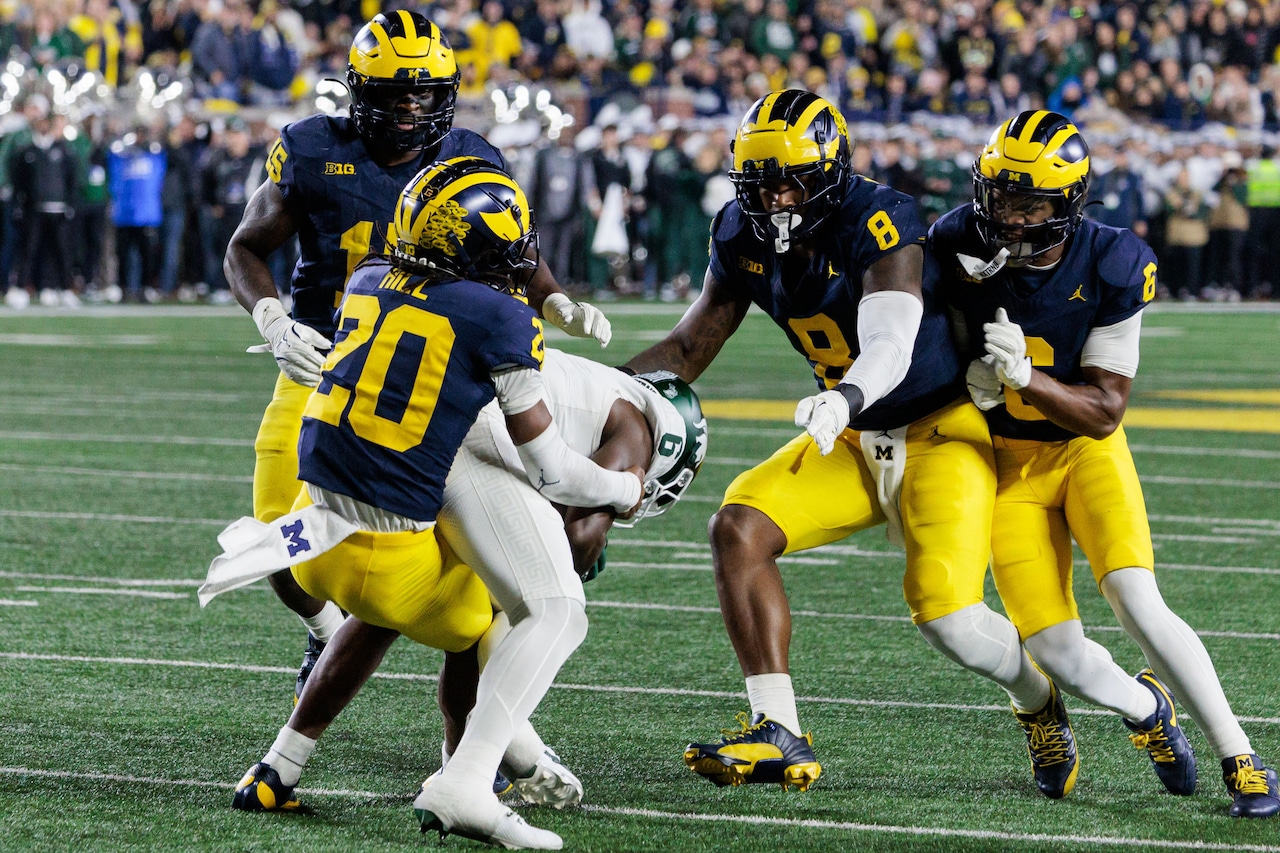Copyright euroweeklynews

Good news for residents of the Mar Menor area: local authorities confirmed on Tuesday, October 21, that tap water across San Javier, San Pedro del Pinatar, and Los Alcázares is once again fully safe for all uses, including drinking and food preparation. The Town Halls provided an official update on the morning of October 21, announcing that the latest analyses show the municipal water is fit for human consumption. At 8:00pm the same day, emergency water points and home deliveries for vulnerable residents were wound down, and help desks remained available for anyone still needing assistance. What follows is a detailed account of what happened, how the community coped, and the work done by utilities and town halls to restore normal life after the storm. How the crisis began: DANA Alice, October 10 The disruption began with DANA Alice, which struck the Region of Murcia on Friday, October 10: torrential rain and flash flooding swept across the Campo de Cartagena. Floodwater entered parts of the regional water network and reservoirs, carrying mud and sediment into distribution channels and severely affecting water quality. Because of the risk to public health, technicians and health authorities ordered precautionary shutdowns: in some neighbourhoods, there was no mains water at all for a period, while in others a heavily restricted supply returned briefly but proved unsuitable for most uses. Initial outage leaves homes without water In the immediate days after the storm, the situation changed rapidly for many families. At first, some areas were left completely without water. Where any supply was available, it was often so contaminated and low in chlorine that it could only be used for the most basic tasks, flushing toilets and mopping floors. Using that water for washing, bathing, or drinking was strictly forbidden. Then the supply was cut again. In most places, this second cut lasted around 36 hours; in some neighbourhoods it went on even longer. That period, in the middle of the crisis, was the toughest for many households: no mains water at all, limited access to bottled water, and interrupted services for businesses, schools, and some health centres. Town halls step in: water points, showers and practical help From the outset, local councils played a central role in keeping people going: Distribution points and water trucks. San Pedro del Pinatar set up multiple distribution points including the Recinto Ferial, the Lo Pagán esplanade and permanent points in El Mojón, while Los Alcázares placed tanks outside the Town Hall and in Miguel de Cervantes Square. San Javier established distribution points at Santiago de la Ribera, El Mirador, Roda and La Manga del Mar Menor. These points supplied bottled water and non-potable water where appropriate. Home deliveries for vulnerable residents. Town halls organised home deliveries of water for elderly or mobility-impaired residents until the supply was declared safe. Showers and hygiene facilities. Where people could not wash at home, local sports centres in the neighbouring unaffected towns and municipal facilities were opened to provide showers. In some towns, emergency services redirected people to nearby centres with facilities. Information and claims points. Councils opened citizen assistance points and set up online procedures for filing claims related to the water cut. For example, San Javier and San Pedro provided online forms (with digital-certificate submission) and in-person help desks for those without digital ID, typically operating weekday mornings so residents could log complaints or request help. Coordination with shops and Protección Civil. Municipalities worked with supermarkets to ensure bottled water supplies, and Protección Civil teams helped deliver water and assisted vulnerable residents (San Pedro made local Protección Civil contact details available for urgent needs). These measures were critical in reducing immediate hardship and keeping supplies flowing to the most vulnerable. Cleaning, testing and gradual reinstatement The Mancomunidad de los Canales del Taibilla (MCT) led the technical response in the network. Teams worked around the clock to clean, disinfect and test the affected channels. Engineers described difficult working conditions, narrow channels, low oxygen levels and the presence of chlorine in enclosed areas, but the cleaning programme continued non-stop until lab results met the required standards. Early rounds of testing showed high turbidity (mud and sediment) and low chlorine residuals following the introduction of contaminated water. Importantly, multiple analyses did not detect harmful bacteria such as E. coli or enterococci, which reduced the likelihood that sewage had entered the system. Still, under Spain’s water-safety regulations the levels of turbidity and chlorine meant water could not be declared potable until results were consistently within legal limits. Gradual recovery of water supply By Sunday, October 19, the network had been cleaned to the point where authorities allowed water to be used again for showering and general hygiene. That announcement brought a wave of relief, social feeds and local conversations joked about the “shower rush” as people queued to wash after days of restrictions. Cleaning and monitoring continued over the next 48 hours. On Tuesday, October 21, after the latest battery of tests, health authorities authorised full use of the municipal supply: drinking, cooking, bathing and all household uses were declared safe once more. What this means now With taps running normally again, families, shops, schools and health centres can return to everyday routines. The citizen help points and online portals remain available for anyone who still has issues from the interruption, claims, damage reports or questions about the response. The past eleven days have shown how dependent daily life is on a steady water supply and how quickly routines are affected when that supply disappears. They’ve also shown the practical value of local government action: distribution centres, deliveries, shower facilities and clear information helped many households through a difficult stretch. Authorities say monitoring continues to reduce the risk of any repeat problems, and residents, after an uneasy week and a half, are finally getting back to normal.



